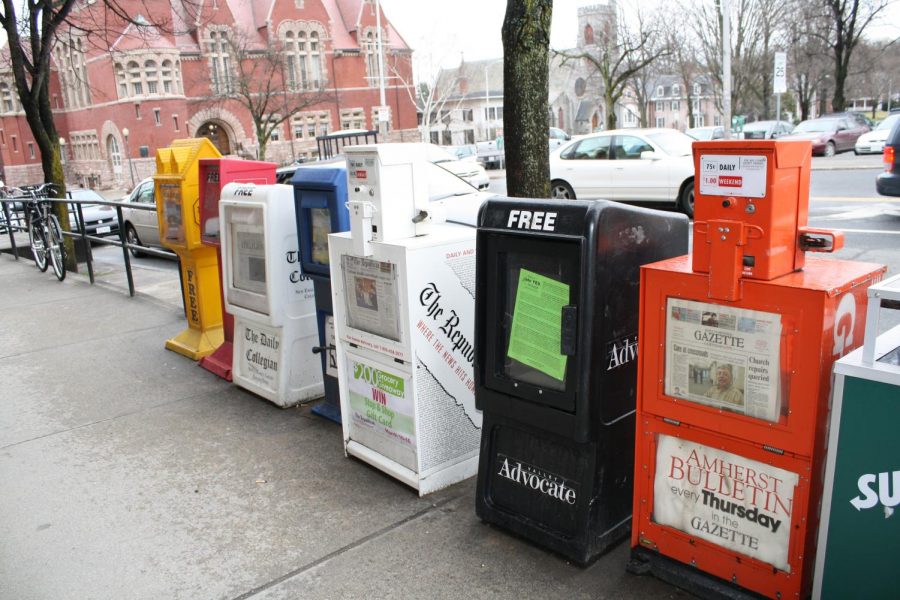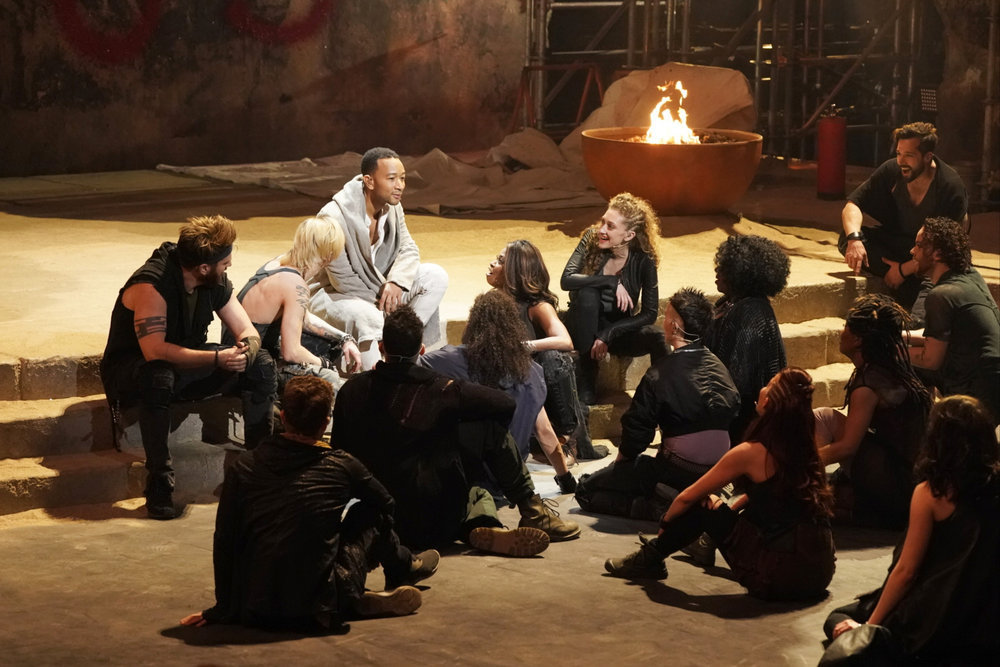One of the best pieces of advice I’ve received this school year was to read high quality journalism as I study how to write it. There’s no single identifier for what separates good articles from great ones, but when you read them, you know. Certain writing just grabs your attention and holds on like a TV show you can’t help but binge watch.
This is a list, in no particular order, of some of the pieces that separated themselves from the pack. Not every article was written this year, but each one made an impact in a way that others didn’t. The revelations of the reporting, the force of the writing and the questions the articles brought up make these some of the best I’ve read this school year.
- “To Obama With Love, and Hate, and Desperation” by Jeanne Marie Laskas: “Over eight years, through millions of letters, the staff of the White House mailroom read the unfiltered story of a nation.” This article for the New York Times shows the uniqueness of the Office of Presidential Correspondence, a complex operation with the goal of providing President Obama with 10 letters a day to read out of thousands of possible options. Beyond the surface, it’s a deep look at the vast problems facing the country, the people that deal with them and those who choose to share their story with the president.
- “A Most American Terrorist” by Rachel Kaadzi Ghansah, which appeared in GQ, might be the one of the best pieces I’ve ever read. It’s a chilling look at the circumstances that created Dylann Roof, who killed nine African American churchgoers in South Carolina three years ago. This piece is informative, reflective and gut-wrenching.
- Peter Maass’ Twitter history of the invasion of Iraq, 15 years ago, Parts Oneand Two. Maass was there, traveling with a Marine battalion on the violent journey to Baghdad. In March, he recounted his experiences on Twitter in the form of an over-300-tweet thread that reads like a longform article. Each day, Maass added to his story, recounting what happened on that day 15 years before. I’ve used a website to put this thread into a reader view.
- “Shep Smith Has the Hardest Job on Fox News” by Daniel D’Addario. As a reporter at Fox News, Smith is known to occasionally go against the grainof his network and address what his colleagues consider scandal with a reasoned approach. He’s honest in his coverage and often tells his predominantly Republican audience what they don’t want to hear. This piece is a phenomenal profile of a skilled and respected reporter.
- “Death at a Penn State Fraternity” by Caitlin Flanagan. Lots of people write about fraternities. Few do it as well as this article. The writing doesn’t come from a place of bias regarding a preset notion of what the nature of frats are or whether they should exist. It treats the tragic story of Tim Piazza with fact and puts it into the larger context of modern fraternity life, allowing the reader to make that judgement. The final paragraphs, describing all the choices that may have saved Piazza’s life, are a brutal read.
- The articles that drove the #MeToo movement. “Weinstein’s Complicity Machine” by Megan Twohey, Jodi Kantor, Susan Dominus, Jim Rutenberg and Steve Eder for the New York Times stops you in your tracks, as does equally stellar reporting in the Washington Postand the New Yorker.
- You could consider this part of the previous group of articles, but it really deserves its own recognition. “How I Escaped My Rapist”by Keri Potts, who spoke at the Journalism Department’s Women in Sports Journalism Symposium earlier this year, is eye-opening. Though it was published eight years ago, I first read it after the Symposium, and it is absolutely one of the most significant pieces I read this school year.
- “The ISIS Files: When Terrorists Run City Hall” by Rukmini Callimachi. “On five trips to battle-scarred Iraq, journalists for The New York Times scoured old Islamic State offices, gathering thousands of files abandoned by the militants as their ‘caliphate’ crumbled.” The article presents the interesting conflict for those living under ISIS rule. Amidst all the brutality, the invaders ran a thorough bureaucracy, collected taxes, cleaned up trash and kept the lights on, not all of which occurred regularly under the Iraqi government.
- “A Voice of Hate in America’s Heartland” by Richard Fausset. This is by far the most controversial article I read this year. In an attempt to show just how normalized Nazism has become in the U.S. and how it permeated a typical American suburb, the New York Times touched a nerve, with many people claiming they were giving a platform to dangerous views. I think that this piece showed the rise and scary normalization of modern Nazism, rather than solely giving those ideas a public platform. The truth is that too many people think that way, and we need to be aware of them. Living in a bubble doesn’t work. The article goes well with Vice’s piece on the violence in Charlottesville(which was also one of the best-produced reports I watched this year) to show how emboldened people like this now feel. Regardless of opinion, this article makes the reader think and ignited a debate. It’s on this list for its significance.
- “Mueller and Trump: Born to wealth, raised to lead. Then, sharply different choices”by Marc Fisher and Sari Horwitz. There are surprising parallels between the two men now playing a game of cat and mouse for the presidency, and this article tracks them from their young lives to current positions. It delves deep into each one’s history and looks for the point when they decided to choose very different paths.
Will Katcher can be reached at [email protected] and followed on Twitter at @will_katcher.




















